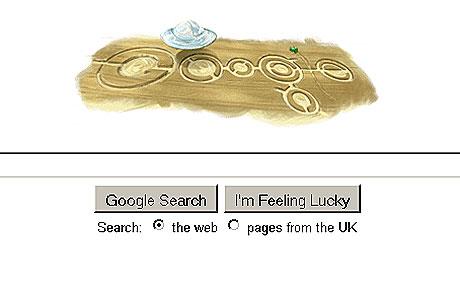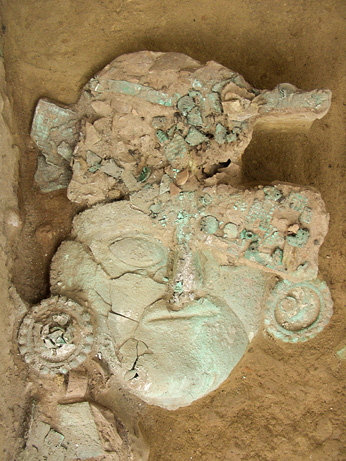
© GoogleGoogle has revealed that its alien-themed doodles are a tribute to author HG Wells, who wrote 'War of the Worlds'
Herbert George Wells, who wrote the famous science fiction novel
War of the Worlds, "encouraged fantastical thinking about what is possible, on this planet and beyond", said Google in a
blog post.
For weeks, web users have
speculated about the meaning of Google's mysterious doodles. The first appeared on September 5, and showed a flying saucer hovering over the Google logo and "abducting" the letter "O". Google issued a teaser message on its Twitter account, which translated as "All your O belong to us", a nod to
Zero Wing, a cult Japanese video game. Clicking on the logo took web users through to a page of search results for the term "unexplained phenomenon".


